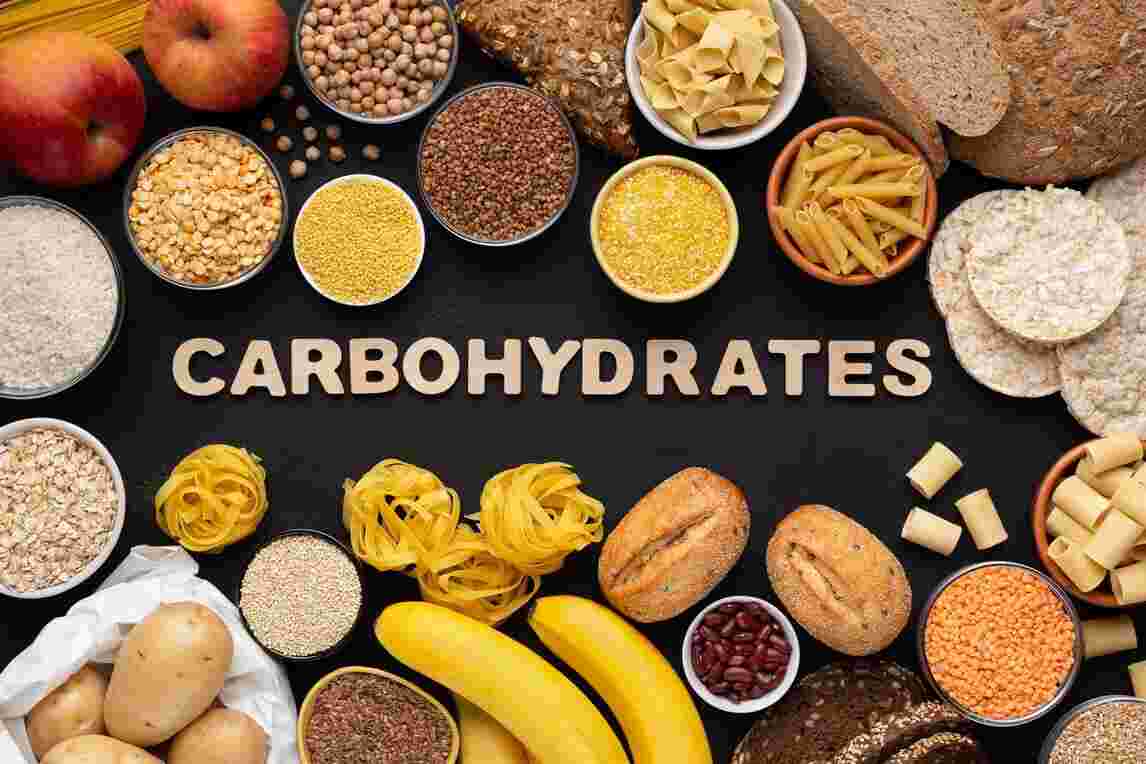Top 10 Ways To Reduce Carbohydrate Intake In Your Meals: A Guide To Healthier Eating

Maintaining a balanced and healthy diet is crucial for overall well-being, and one aspect that often requires attention is the intake of carbohydrates. While carbohydrates are an essential source of energy, consuming excessive amounts can lead to weight gain, fluctuating blood sugar levels, and other health concerns. For individuals seeking to reduce their carbohydrate intake, making informed choices about food becomes essential.
In this article, we present ten effective strategies to help you decrease carbohydrate consumption in your meals without sacrificing taste or essential nutrients. By incorporating these strategies into your dietary routine, you can manage your weight, regulate blood sugar levels, or follow a low-carb diet, depending on your specific health goals.
From choosing low-carb vegetables and lean proteins to replacing grains with healthier alternatives and being mindful of hidden carbohydrates in processed foods, we explore a range of practical and actionable steps. We also emphasize the importance of portion control, homemade meal preparation, smart snacking, and hydration as essential components of reducing carbohydrate intake.
It is essential to remember that the information provided in this article is intended as general guidance. For personalized dietary advice or if you have specific medical conditions, it is recommended to consult a healthcare professional or registered dietitian to create a tailored plan that suits your individual needs.
By implementing these top ten strategies, you can take control of your carbohydrate intake, promote a healthier lifestyle, and make informed choices about the foods you consume. Let's delve into the details and discover how you can reduce carbohydrate intake while still enjoying delicious and satisfying meals.
Top 10 Ways to Reduce Carbohydrate Intake in Your Meals
- Choose Low-Carb Vegetables
- Replace Grains with Low-Carb Alternatives
- Opt for Lean Proteins
- Include Healthy Fats
- Be Mindful of Hidden Carbohydrates
- Choose Low-Carb Dairy Products
- Control Portion Sizes
- Prepare Homemade Meals
- Snack Smartly
- Stay Hydrated and Opt for Water
1. Choose Low-Carb Vegetables
READ ALSO » Top 10 Ways To Increase Fiber Intake In Your Meal
Vegetables are a great source of essential nutrients while being low in carbohydrates. Opt for non-starchy vegetables like leafy greens (spinach, kale, lettuce), cruciferous vegetables (broccoli, cauliflower, Brussels sprouts), and green beans. These vegetables provide fiber and other essential nutrients without significantly increasing carb intake.
2. Replace Grains with Low-Carb Alternatives
Grains such as rice, pasta, and bread are high in carbohydrates. Consider replacing them with low-carb alternatives like cauliflower rice, zucchini noodles (zoodles), or shirataki noodles. These alternatives can be used in various recipes, reducing carb content while still providing a satisfying texture.
3. Opt for Lean Proteins
Protein-rich foods like poultry, lean meats, fish, and tofu are low in carbohydrates and can be incorporated into your meals. These protein sources provide essential amino acids, promote satiety, and can be prepared in numerous delicious ways.
4. Include Healthy Fats
While fats are high in calories, they have minimal impact on blood sugar levels. Incorporate healthy fats into your meals to increase satiety and add flavor. Avocados, olive oil, coconut oil, nuts, and seeds are excellent sources of healthy fats that can enhance the taste and nutritional profile of your dishes.
5. Be Mindful of Hidden Carbohydrates
Many processed and packaged foods contain hidden carbohydrates. Read food labels carefully, paying attention to ingredients like added sugars, flour, and other high-carb components. Avoid sugary drinks, sweetened snacks, and processed foods as much as possible.
6. Choose Low-Carb Dairy Products
Dairy products can be significant sources of carbohydrates, particularly if they contain added sugars or flavorings. Opt for plain, unsweetened dairy products like Greek yogurt, cottage cheese, and hard cheeses, which provide protein and essential nutrients without excessive carbs.
7. Control Portion Sizes
Even if you're consuming low-carb foods, portion sizes still matter. Be mindful of your overall calorie intake and try to create a balance between proteins, fats, and carbohydrates. Practice portion control by using smaller plates or measuring food portions to ensure you're not overeating.
8. Prepare Homemade Meals
READ ALSO » 5 Healthier Ways To Make Water Tastier
Preparing meals at home gives you control over the ingredients and cooking methods. By cooking from scratch, you can use low-carb alternatives and adjust recipes according to your preferences. It also allows you to avoid added sugars, unhealthy fats, and excessive sodium commonly found in restaurant or processed foods.
9. Snack Smartly
Snacking can contribute to excessive carbohydrate intake if you're not mindful. Choose low-carb snacks such as raw vegetables, nuts, seeds, or Greek yogurt. These options provide satiety and essential nutrients without causing a significant spike in blood sugar levels.
10. Stay Hydrated and Opt for Water
Drinking sufficient water throughout the day helps reduce cravings and maintain overall health. Replace sugary beverages like sodas, fruit juices, or energy drinks with water or unsweetened herbal teas. This simple swap can significantly decrease your carbohydrate intake and support hydration.
Remember, everyone's nutritional needs and goals are different. If you have specific dietary requirements or medical conditions, it's essential to consult a registered dietitian or healthcare professional for personalized advice. They can help you create a meal plan that aligns with your needs while reducing carbohydrate intake effectively.
